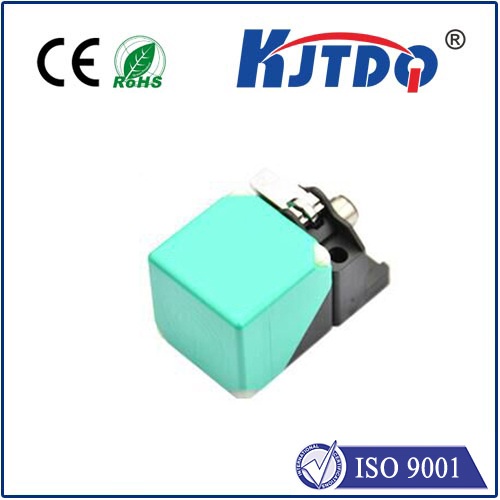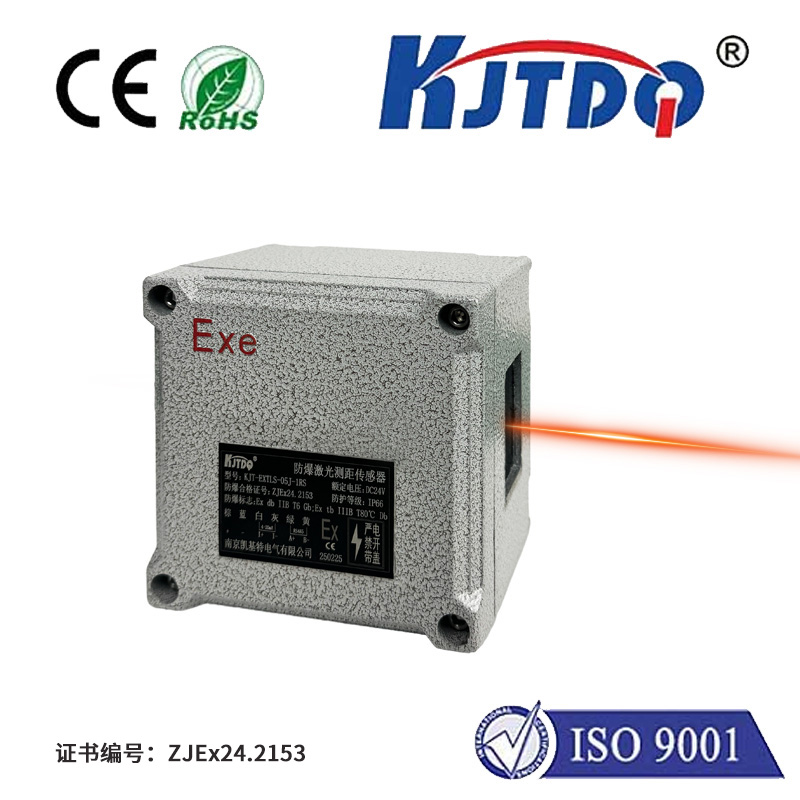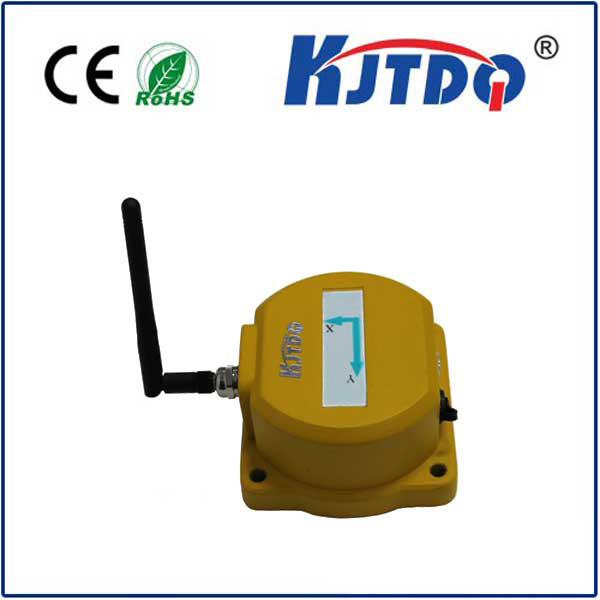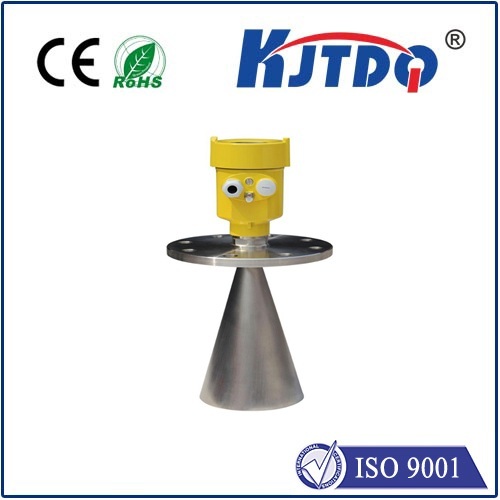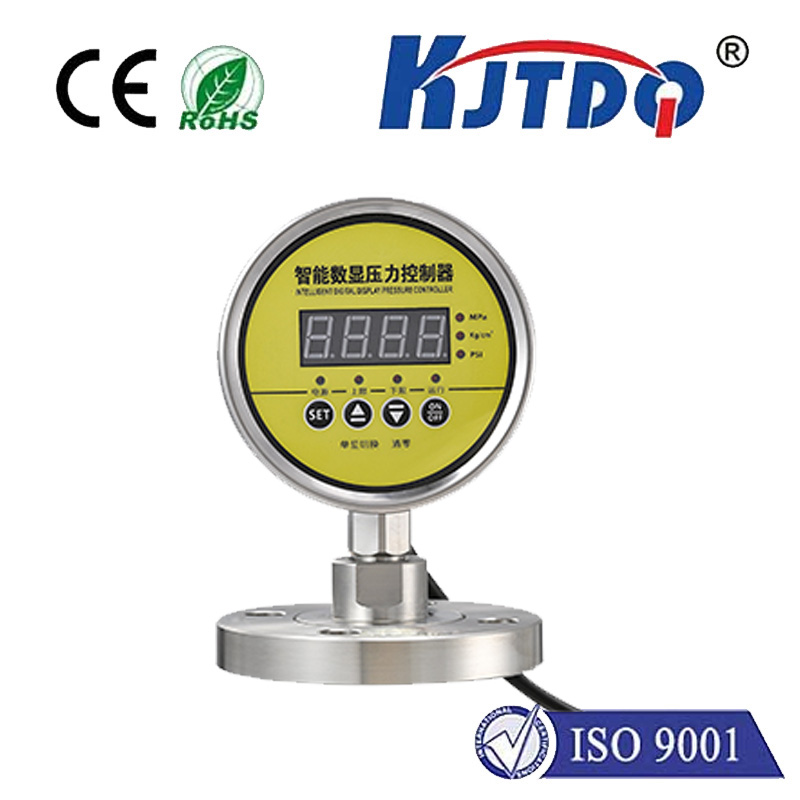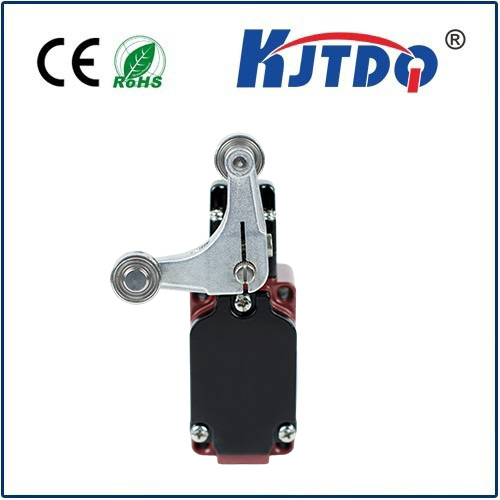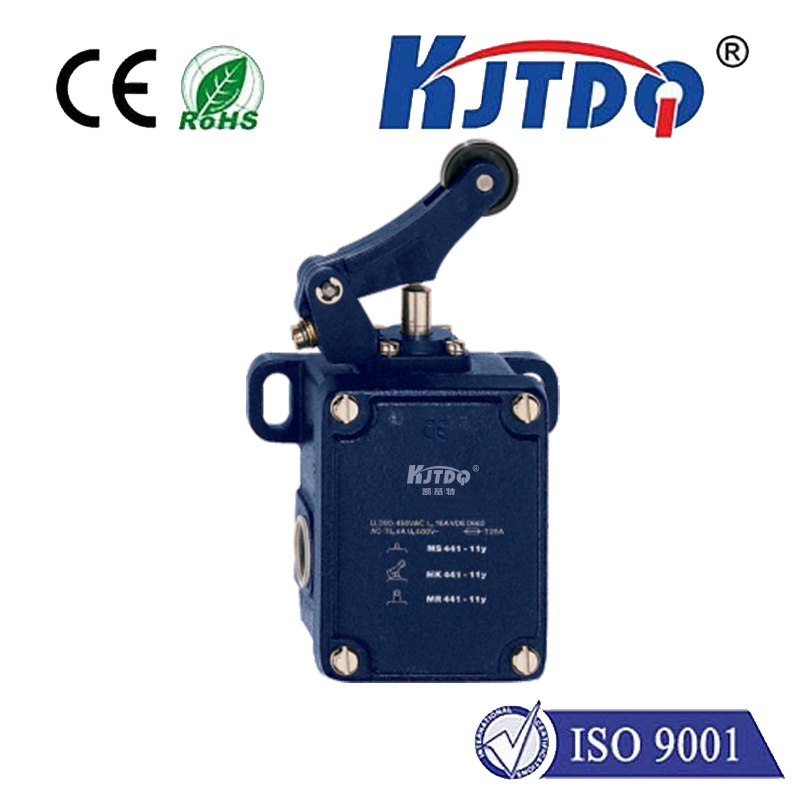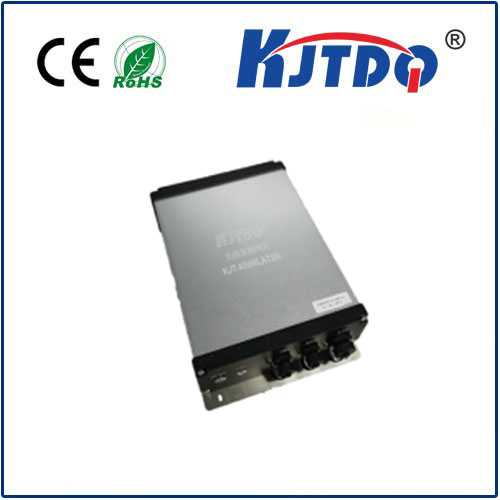

check

check

check

check

check

check

check

check

check

check
Imagine a high-speed bottling line. Caps whizz by, bottles fill, labels apply. Suddenly, a missed plastic cap jams the mechanism, halting production, triggering alarms, wasting product and time. Preventing such costly disruptions hinges on one critical task: reliably detecting non-metallic objects like plastic. This is where the often-overlooked proximity sensor steps into the spotlight, proving itself as an indispensable tool for plastic detection in countless industrial automation scenarios. But how does a device often associated with sensing metal conquer the challenge of detecting inherently non-conductive materials? The answer unlocks a world of efficiency and reliability.
Why Plastic Detection Poses a Unique Challenge
Unlike metals, most plastics are non-conductive and non-magnetic. Traditional inductive proximity sensors, workhorses for detecting metal, rely on generating an electromagnetic field disturbed by conductive targets. Pass a piece of PVC or polypropylene by an inductive sensor, and… nothing happens. The sensor remains blind. This fundamental difference necessitates a different technological approach for reliable plastic detection.
Capacitive Proximity Sensors: The Plastic Detection Powerhouse
Enter the capacitive proximity sensor. Operating on a different principle than their inductive cousins, capacitive sensors excel at detecting the presence of almost any material, including plastics, liquids, powders, and granules. Here’s the clever science simplified:

The Key: The Dielectric Constant (εr)
The effectiveness of capacitive sensing for plastic detection largely depends on a material property called the dielectric constant (εr). This value measures a material’s ability to store electrical energy in an electrostatic field compared to a vacuum (εr = 1).
This difference in εr between the plastic target and the surrounding air is what the capacitive sensor detects. A higher dielectric constant makes the plastic easier to detect at longer ranges or through thin barriers.
Why Choose Capacitive Proximity Sensors for Plastic?
Applications Highlighting Plastic Detection Prowess
Key Selection & Installation Considerations for Optimal Performance
Capacitive vs. Optical for Plastic
While optical sensors (photoelectrics) are another common choice for plastic detection, capacitive sensors offer distinct advantages:
| Feature | Capacitive Proximity Sensors | Optical Sensors |
|---|---|---|
| Operating Principle | Electrostatic field interaction | Light beam reflection/interruption |
| Surface Sensitivity | Works reliably regardless of color or opacity | Affected by color, transparency, reflectivity |
| Dirty Environments | Performs well in dust/fog (solid-state tech) | Prone to false triggers from buildup |
| Detection Focus | Material presence based on dielectric properties | Surface light interaction |
| Robustness | Excellent against physical contact | Lenses vulnerable to scratches/impact |
When Capacitive Wins: Dirty environments, varying plastic colors/transparencies, detecting liquids/powders through containers, cost sensitivity.
When Optical Wins: Longer detection ranges, very precise position detection, seeing small features or marks.
The quest for seamless industrial automation demands flawless detection of every component. For plastic detection, where traditional metal sensors fall short, capacitive proximity sensors provide the robust, reliable, and cost-effective sensing solution. By leveraging the fundamental properties of materials interacting with electrostatic fields, these sensors quietly ensure plastic bottles are capped, hoppers remain filled, and assemblies proceed without missing parts. From verifying simple part presence to monitoring critical levels, understanding and deploying capacitive proximity technology is essential for optimizing efficiency
